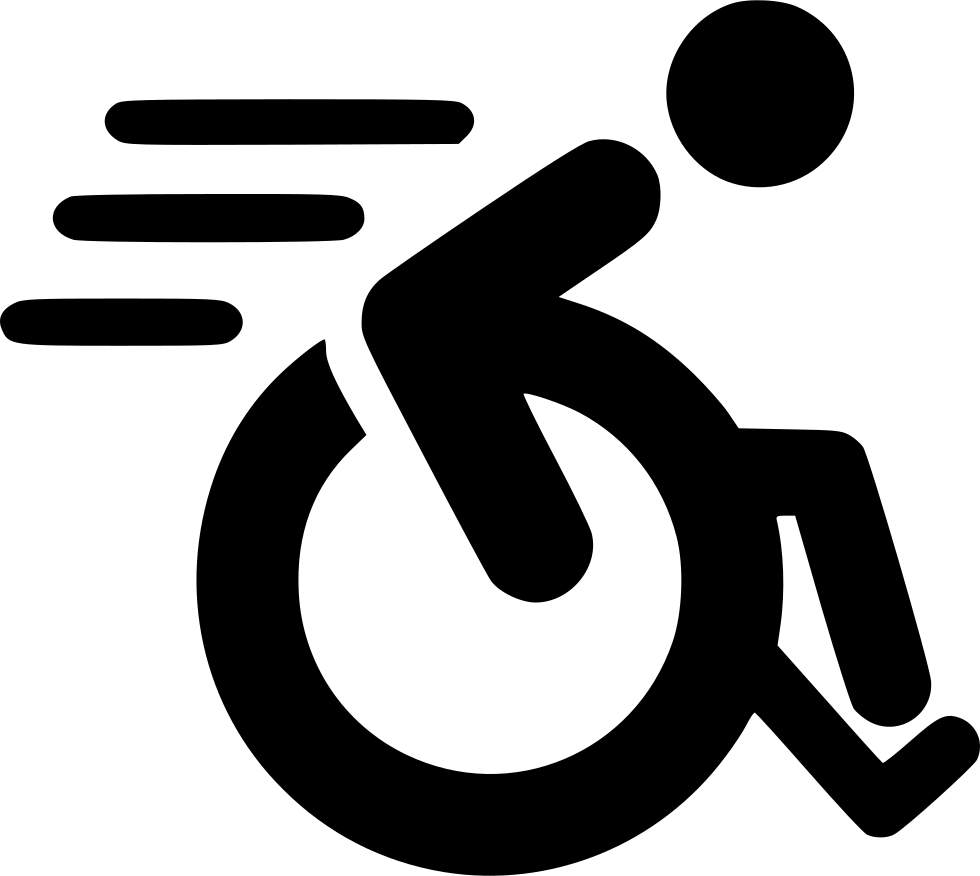Dog - Cushing's Syndrome
Cushing's disease or hyperadrenocorticism, is more accurately described as a syndrome than a disease, since it produces a much wider variety of signs or symptoms than are normally associated with any particular disease.
What is Cushing's syndrome?
 It is a complicated condition caused by high circulating levels of cortisol (cortisone) in the blood stream.
It is a complicated condition caused by high circulating levels of cortisol (cortisone) in the blood stream.
Cortisol, cortisone or corticosteroid are all names used to describe the principal hormone secreted by the outer part (cortex) of the adrenal gland, hence the term hyperadrenocorticism, indicates overproduction from the adrenal cortex.
High levels of circulating cortisol can have multiple effects on the body, affecting many important organs and systems. These can include kidneys, bladder and skin, as well as the reproductive, nervous and musculo-skeletal systems.
Today Cushing's syndrome is recognised as one of the most common hormonal diseases of the dog.
What causes it?
Spontaneous overproduction of cortisol by the adrenal cortex can be due to two main causes.
- Adrenal dependent hyperadrenocorticism (ADH): Cortisol excess with this type is usually caused by a tumour of the adrenal gland. ADH occurs more frequently in larger breeds of dogs and is most commonly seen in dogs of 11-12 years of age or older. ADH only accounts for 10-15% of all dogs with Cushing's syndrome.
- Pituitary dependent hyperadrenocorticism (PDH): Here the cause is overproduction of a hormone, adrenocorticotropic hormone (ACTH), by the pituitary gland in the brain. This controls the secretion of cortisol by the adrenal glands. The excess ACTH is usually caused by a tumour or a nest of overactive cells in the pituitary gland. Approximately 85% of all cases of Cushing's syndrome in dogs is due to PDH. It can occur in young dogs.
Are any particular breeds more commonly affected?
Any dogs, including mongrels, can be affected. Poodles, Dachshunds, small Terriers, Boxers and Beagles have been reported to be at higher risk.
Does sex play a part?
Both dogs and bitches, whether neutered or entire, are equally at risk with PDH but adrenal tumours causing ADH appear to be more common in females.
What are the clinical signs?
The most common signs are usually increases in thirst and urination. Appetite also increases markedly. Other common signs include a pendulous abdomen, hair loss (often both sides), lack of energy, muscle wastage and obesity. In addition to these there are other signs that can occur, e.g. panting, pigmentation (dark colour) of areas of the body that have lost hair, and lack of sex drive. Some dogs are presented solely because of hair loss and a paper thin skin, often attributed to old age by their owners.
Are there any other causes?
PDH and ADH are the two main causes of spontaneous Cushing's syndrome. Iatrogenic Cushing's can also occur. Here excess of cortisone has resulted from administration of steroid preparations usually in the treatment of unrelated problems, for example chronic skin conditions. The dose prescribed is usually well within the normal range but over time the effects of the corticosteroid on the body have built up and become detrimental.
Even cortisone containing ointments can result in iatrogenic Cushing's syndrome if used over sufficiently long periods of time. This is due to absorption through the skin and licking of the ointment applied by the dog.
How is it diagnosed?
Cushing's syndrome can be accurately diagnosed with a series of blood tests such as the ACTH stimulation test. Other tests will also be needed to distinguish between ADH and PDH. Some of the tests are expensive but are essential for accurate diagnosis and successful treatment.
How successful is treatment?
Depending on the cause, the disease can be successfully treated and controlled, if not cured.
What are the treatment options?
- Iatrogenic Cushing's syndrome. Administration of cortisone for whatever medical reason has to be discontinued or at least drastically reduced. Unfortunately in some cases, e.g. intractable allergic conditions, this can result in recurrence of the original problem.
- ADH. Some adrenal tumours are amenable to surgery. Although this is a complicated procedure and not without risk, if successful and the tumour is benign, there is a good chance that the dog will return to normal.
- PDH. Specific licensed medication is available in the UK for the treatment of this form of Cushing's syndrome but treatment with this drug may have to be continued for life and regular monitoring (approximately every three months) will be necessary. Therefore treatment can be costly. We will be happy to discuss differing options for treatment. Nevertheless effective control of the condition is now available using this licensed product. Please contact us if you have further concerns you would like to discuss.
Used and/or modified with permission under license. ©Lifelearn, The Penguin House, Castle Riggs, Dunfermline FY11 8SG

